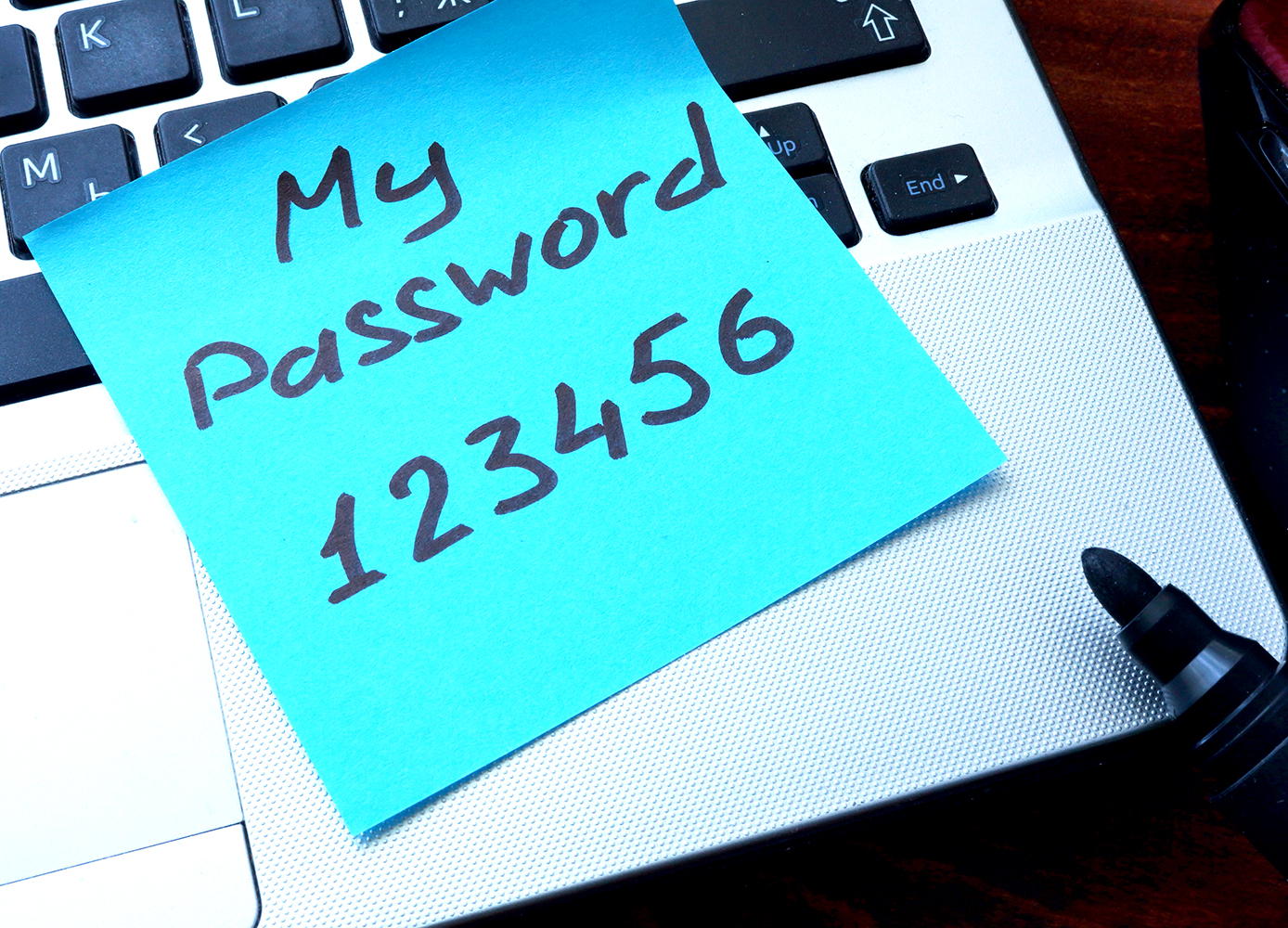You probably never think about the security of your router, but that device is another way cyber criminals can get at your personal information
By Matt Smith
Although we rely on our WiFi connections daily, it’s easy to forget about the router itself until the day the Internete connection starts acting up. Nonetheless, the router fulfills a crucial role, acting as gatekeeper to the Internet. It takes the signal from your modem and distributes it over radio waves to your devices. While this is incredibly convenient for the user, it also leaves the router open to potential hacks from others who are within range of the network.
While cyber attacks on routers aren’t particularly common, it’s still good practice to ensure that you and your family are protected as much as possible when browsing the web. Hackers can access your devices through an unsecured WiFi network, potentially leading to breaches of privacy such as identity theft.
Here’s the rundown on the features of your router and the steps you can take to ensure that you’re browsing the web safely and securely.
A good place to start is by changing the router’s SSID—the techy term for the name of your wireless network. There’s a good chance that the router came with a default name and password that were set up by the internet service provider. This generic name can make it easier for hackers to access the network because it often gives away details of the model of the router, the name of your provider, or both.
You should also check to see that your connection is encrypted. Check for a padlock icon next to your network’s name the next time you log in. This indicates that you have at least basic encryption enabled. If you don’t see this, or if you want to learn more about wireless encryption, Lifewire has a thorough yet concise article that walks you through the subject.
Router manufacturers are constantly updating the software installed on their devices. Most routers don’t update this automatically, however, so it’s a good idea to make sure that yours is up to date. Experts recommend checking for updates every three months. This process will be different depending on the make of your router. Below are links to some of the most common router manufacturers’ websites with instructions on how to do so:
Completing these steps will ensure that your phone, computer, and connected home devices are secure—and give you peace of mind.
Photo: iStock/BernardaSv.






